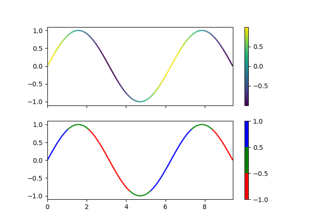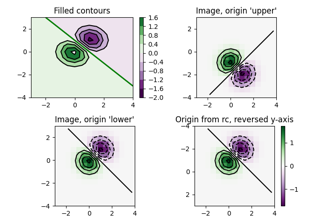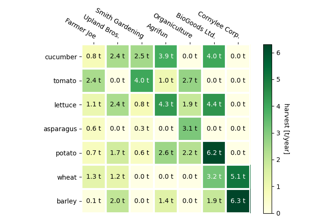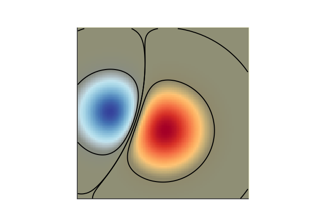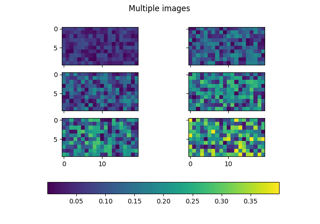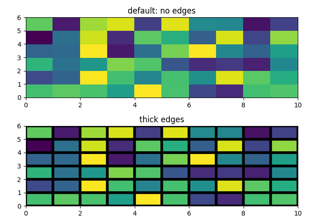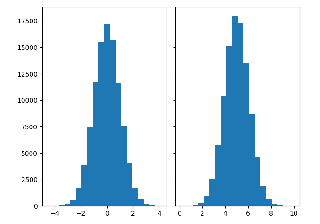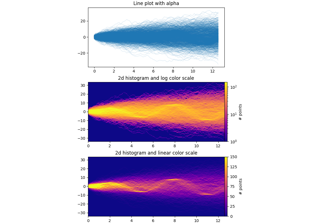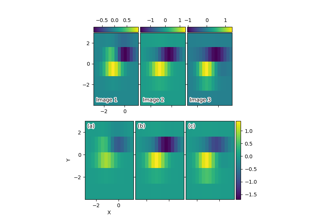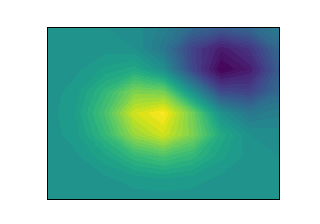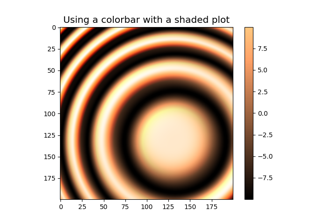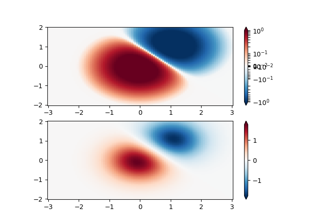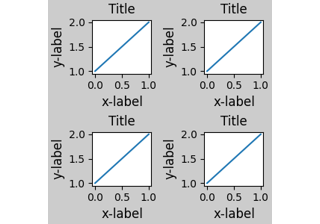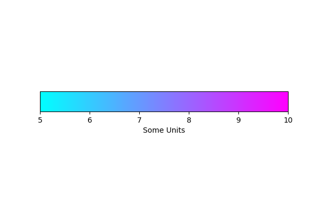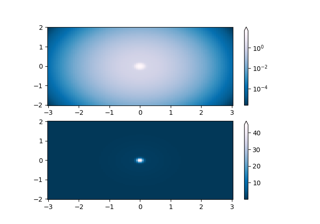matplotlib.colors.Normalize¶
-
class
matplotlib.colors.Normalize(vmin=None, vmax=None, clip=False)[source]¶ Bases:
objectA class which, when called, linearly normalizes data into the
[0.0, 1.0]interval.Parameters: - vmin, vmaxfloat or None
If vmin and/or vmax is not given, they are initialized from the minimum and maximum value, respectively, of the first input processed; i.e.,
__call__(A)callsautoscale_None(A).- clipbool, default: False
If
Truevalues falling outside the range[vmin, vmax], are mapped to 0 or 1, whichever is closer, and masked values are set to 1. IfFalsemasked values remain masked.Clipping silently defeats the purpose of setting the over, under, and masked colors in a colormap, so it is likely to lead to surprises; therefore the default is
clip=False.
Notes
Returns 0 if
vmin == vmax.-
__call__(self, value, clip=None)[source]¶ Normalize value data in the
[vmin, vmax]interval into the[0.0, 1.0]interval and return it.Parameters: - value
Data to normalize.
- clipbool
If
None, defaults toself.clip(which defaults toFalse).
Notes
If not already initialized,
self.vminandself.vmaxare initialized usingself.autoscale_None(value).
-
__dict__= mappingproxy({'__module__': 'matplotlib.colors', '__doc__': '\n A class which, when called, linearly normalizes data into the\n ``[0.0, 1.0]`` interval.\n ', '__init__': <function Normalize.__init__>, 'process_value': <staticmethod object>, '__call__': <function Normalize.__call__>, 'inverse': <function Normalize.inverse>, 'autoscale': <function Normalize.autoscale>, 'autoscale_None': <function Normalize.autoscale_None>, 'scaled': <function Normalize.scaled>, '__dict__': <attribute '__dict__' of 'Normalize' objects>, '__weakref__': <attribute '__weakref__' of 'Normalize' objects>, '__slotnames__': []})¶
-
__init__(self, vmin=None, vmax=None, clip=False)[source]¶ Parameters: - vmin, vmaxfloat or None
If vmin and/or vmax is not given, they are initialized from the minimum and maximum value, respectively, of the first input processed; i.e.,
__call__(A)callsautoscale_None(A).- clipbool, default: False
If
Truevalues falling outside the range[vmin, vmax], are mapped to 0 or 1, whichever is closer, and masked values are set to 1. IfFalsemasked values remain masked.Clipping silently defeats the purpose of setting the over, under, and masked colors in a colormap, so it is likely to lead to surprises; therefore the default is
clip=False.
Notes
Returns 0 if
vmin == vmax.
-
__module__= 'matplotlib.colors'¶
-
__slotnames__= []¶
-
__weakref__¶ list of weak references to the object (if defined)
-
static
process_value(value)[source]¶ Homogenize the input value for easy and efficient normalization.
value can be a scalar or sequence.
Returns: - resultmasked array
Masked array with the same shape as value.
- is_scalarbool
Whether value is a scalar.
Notes
Float dtypes are preserved; integer types with two bytes or smaller are converted to np.float32, and larger types are converted to np.float64. Preserving float32 when possible, and using in-place operations, greatly improves speed for large arrays.
